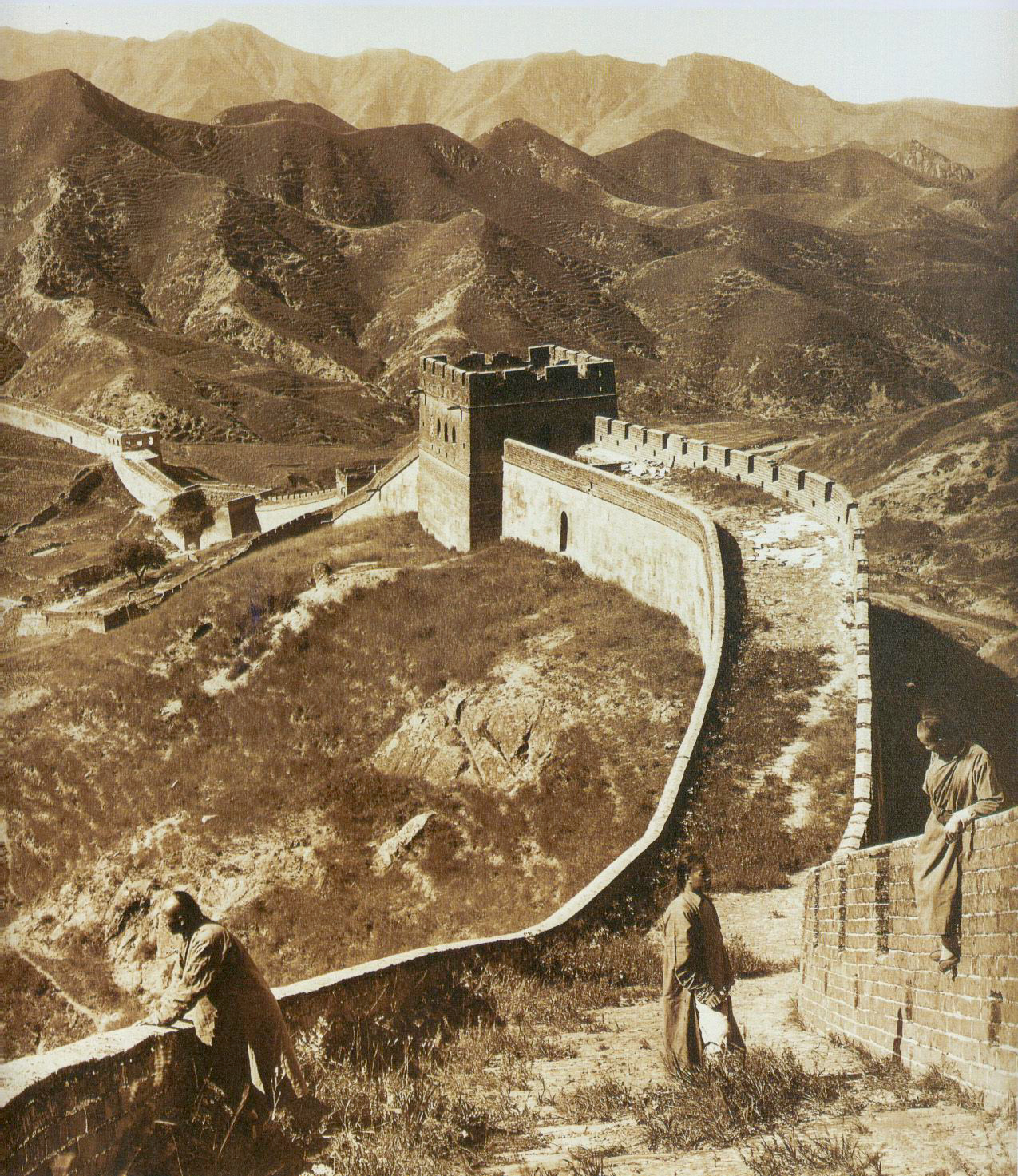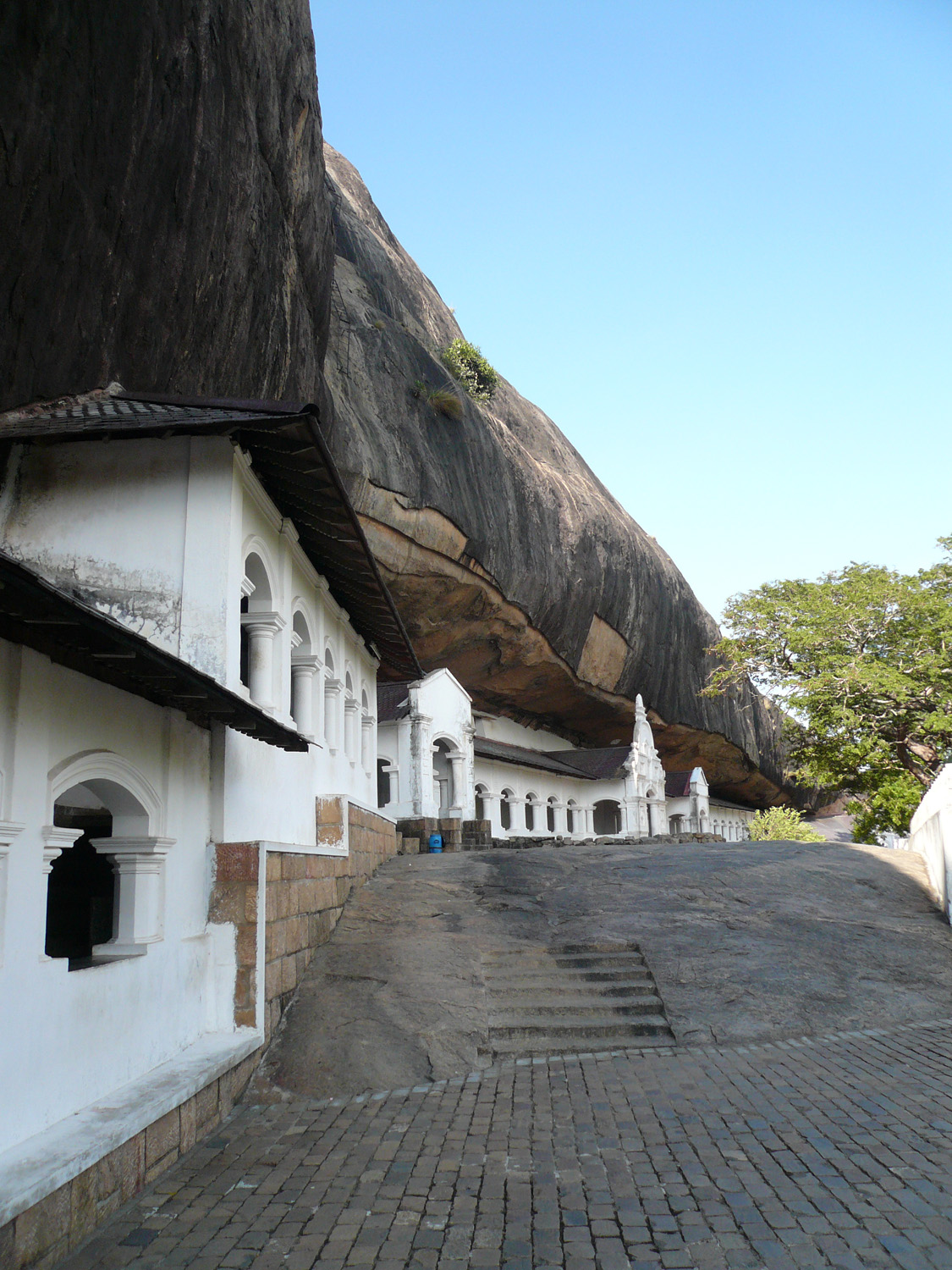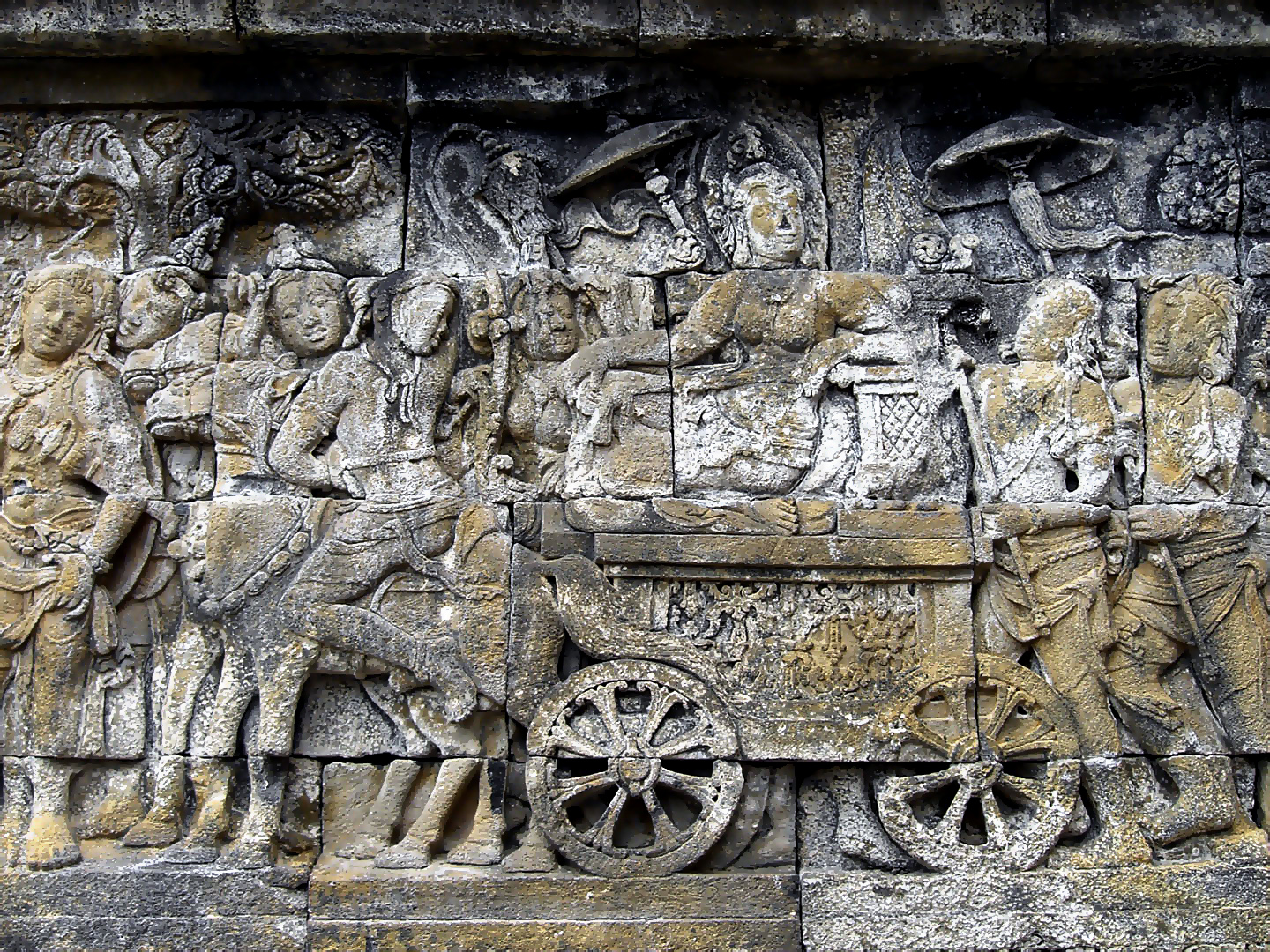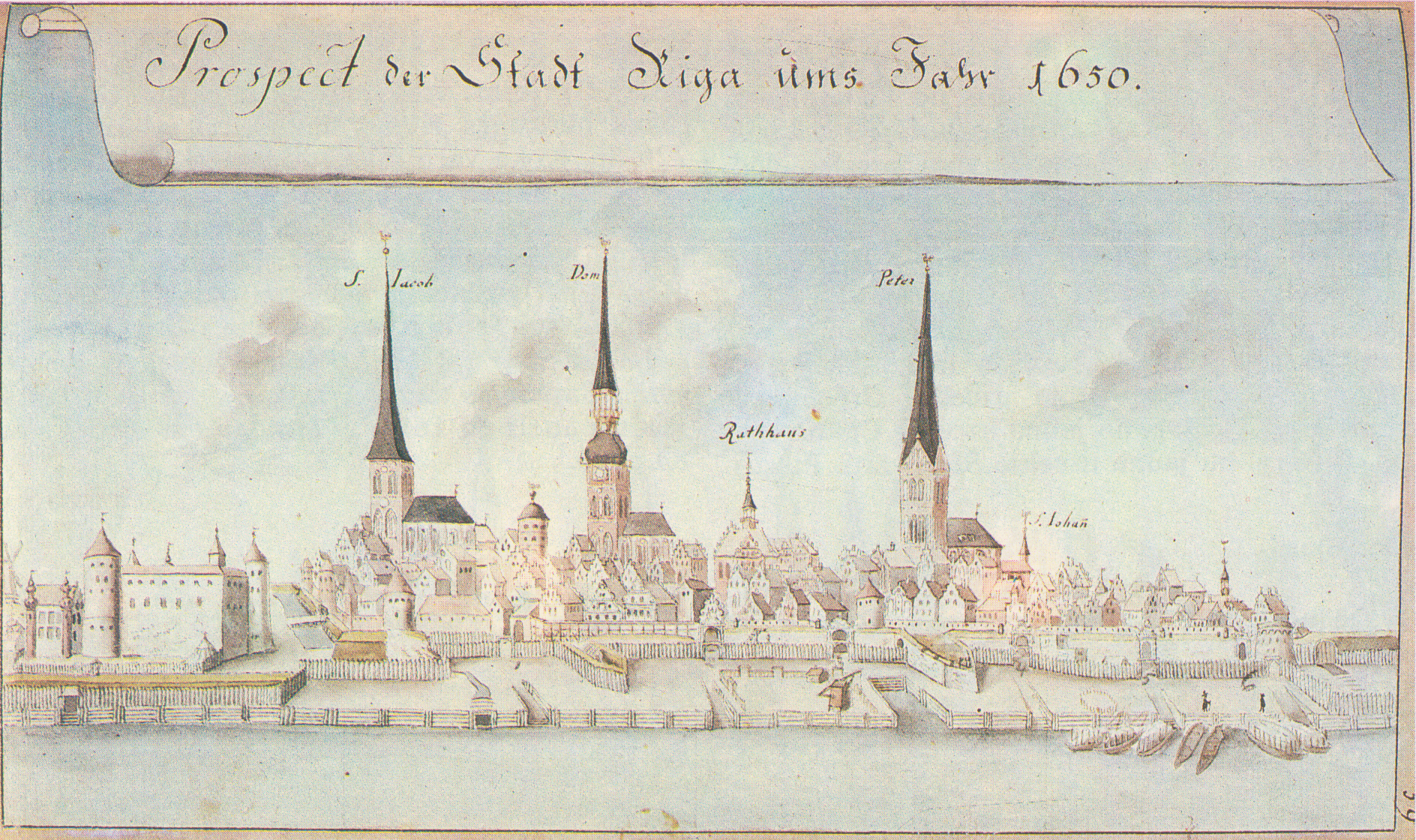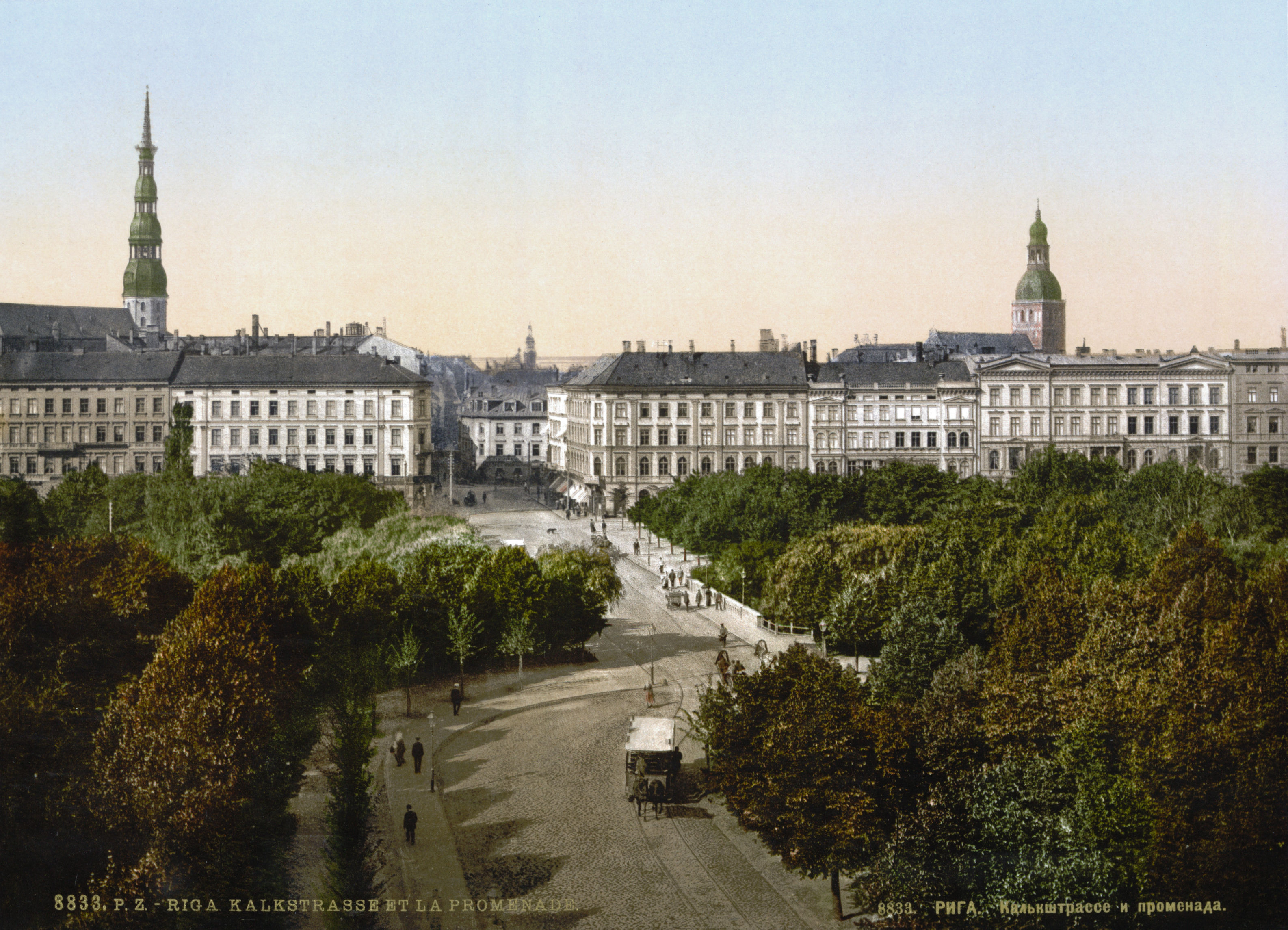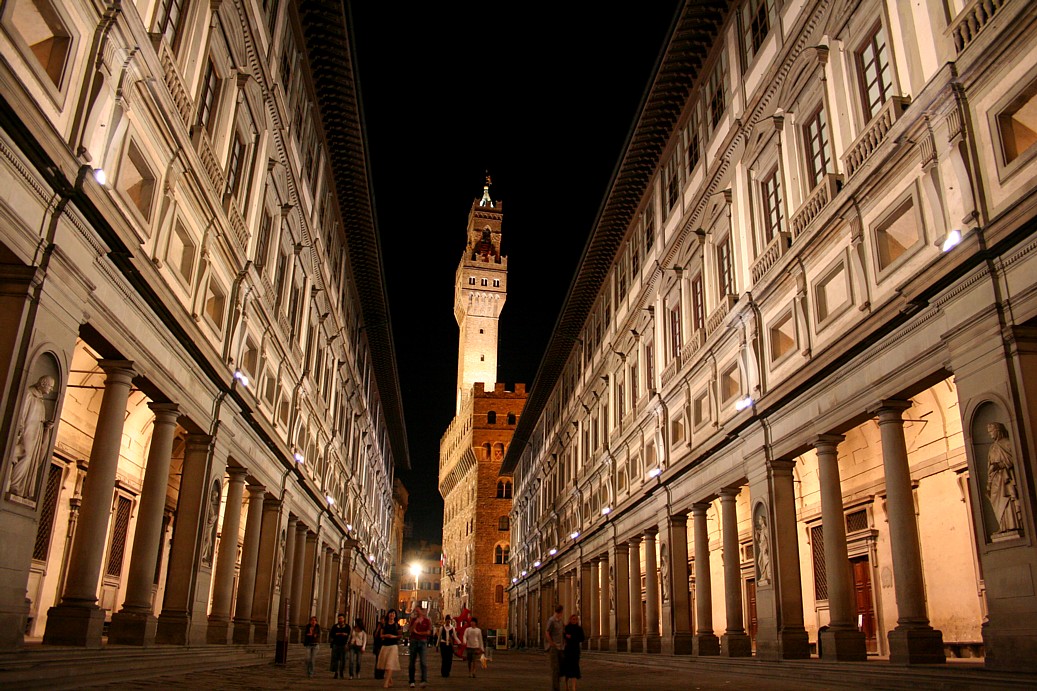Card # 26

These postcard sent to me by Jasmine
My first WHS UNESCO postcard from Malaysia. It shows 3 WHS from M'sia.
On the top left is Banda Hilir, Melaka, Historic City of the Straits of Malacca.The state's capital is Malacca Town. This historical city centre has been listed as a UNESCO World Heritage Site since 7 July 2008. Malacca was found by Parameswara
Srivijayan prince on 1400. Another version of the story says that Parameswara chose the name 'Malacca' from the Tamil word 'mallakka' which means upside down or on ones back. In 1414 Parameswara convert to Islam and change his name to Raja Iskandar Shah.

Malacca Harbor in 1831.

1854 map of the "British Territory of Malacca"
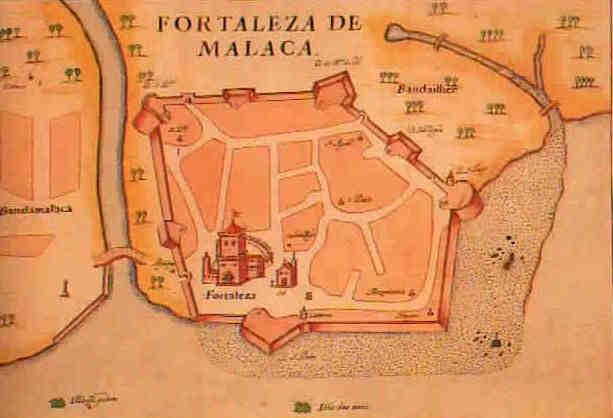
1630 map of the Portuguese fort and the city of Malacca.
Read more
On the right shows Taman Kinabalu, SabahKinabalu National Park or Taman Negara Kinabalu in Malay, established as one of the first national parks of Malaysia in 1964, is Malaysia's first World Heritage Site designated by UNESCO in December 2000 for its "outstanding universal values" and the role as one of the most important biological sites in the world.
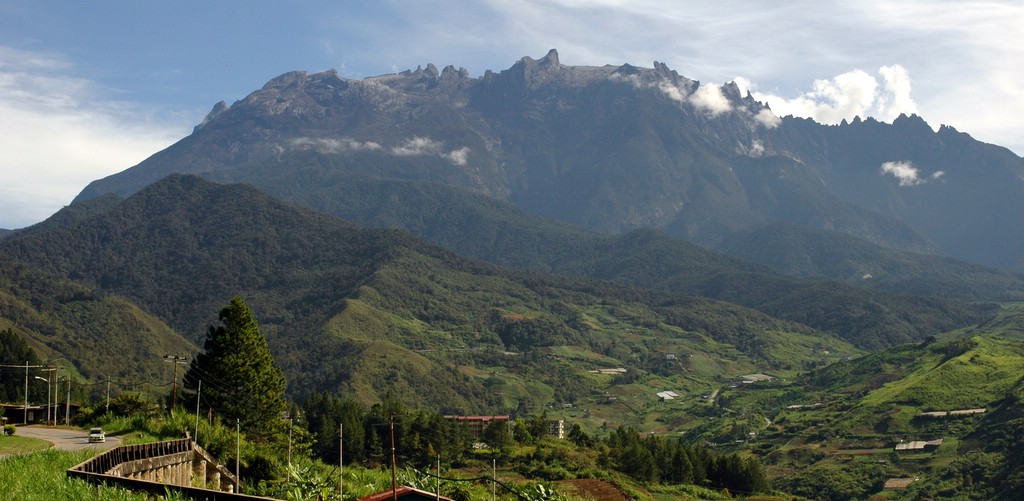
View of Mount Kinabalu from Kundasang.
Read moreLocated on the west coast of Sabah, east Malaysia on the island of Borneo; it covers an area of 754 square kilometers surrounding Mount Kinabalu, which at 4,095.2 metres, is the highest mountain on the island of Borneo. The park is one of the most popular tourist spot in Sabah as well as in Malaysia. In 2004, more than 415,360 visitors and 43,430 climbers visited the Park.
and on the bottom is
George Town, Penang, Historic City of the Straits of MalaccaGeorge Town or Georgetown, is the capital of the state of Penang in Malaysia. Named after Britain's King George III, George Town is located on the north-east corner of Penang Island and has about 220,000 inhabitants, or about 400,000 including the suburbs.
Formerly a municipality and then a city in its own right, since 1976 George Town has been part of the municipality of Penang Island, though the area formerly governed by the city council is still commonly referred to as a city, and is also known as Tanjung ("The Cape") in Malay and 喬治市 (Qiáozhì Shì) in Chinese. The inner city of George Town is a UNESCO World Heritage Site in 2008. Most of George Town's population is of Chinese origin. George Town was founded in 1786 by Captain Francis Light, a trader for the British East India Company. The town was built on swampy land that had to be cleared of vegetation, levelled and filled.
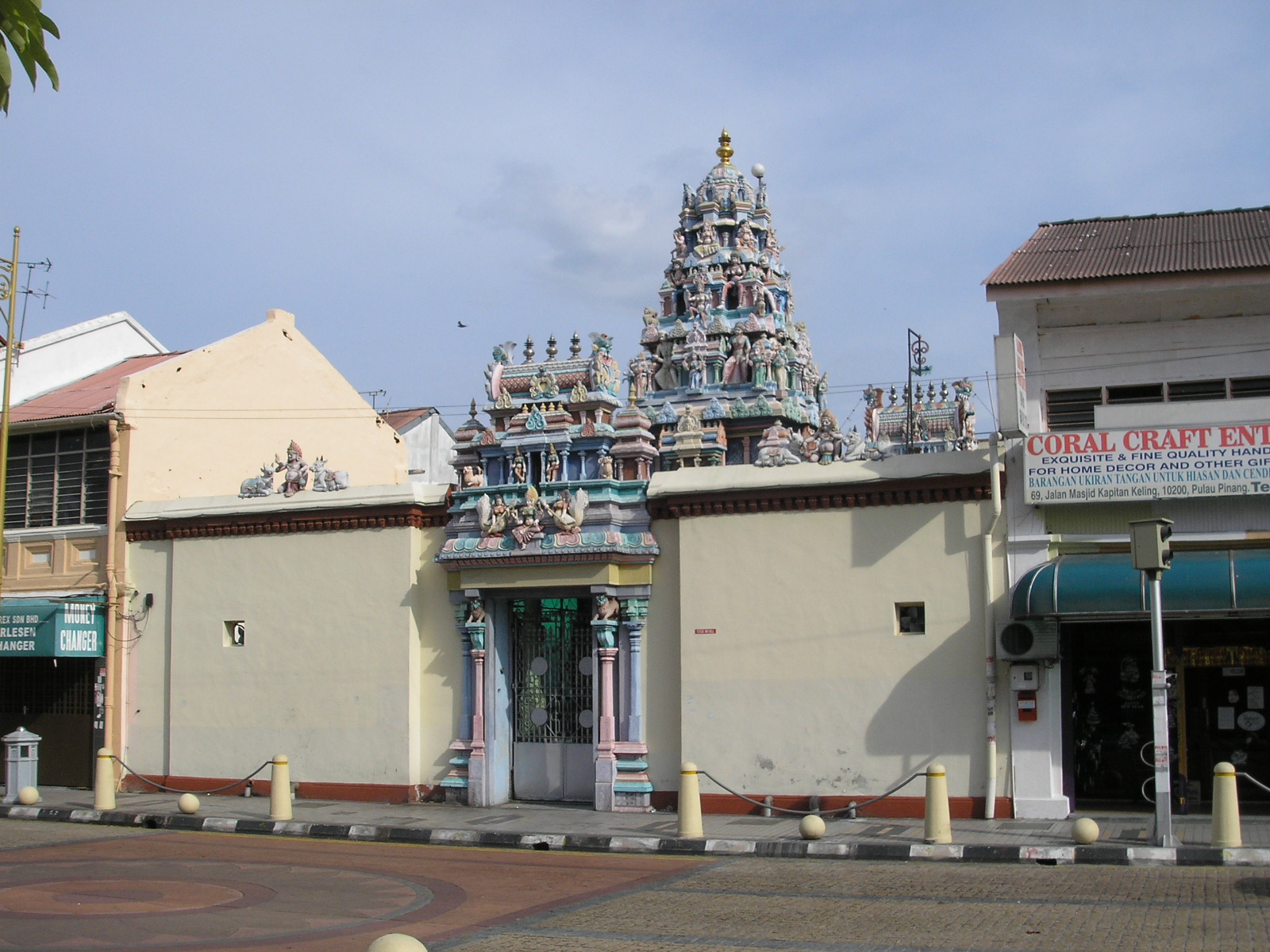
Built in 1833, the Sri Mariamman Temple is the oldest Hindu temple in Penang, Malaysia, and features fascinating sculptures of gods and goddesses over its main entrance and facade. From its inception, the temple provided an important place of worship for early Indian immigrants and is now an important cultural and national heritage.
Read more
Map of peninsular Malaysia and East Malaysia (Malaysian Borneo).
Information and Image Obtained From Wikipedia, the free encyclopedia















